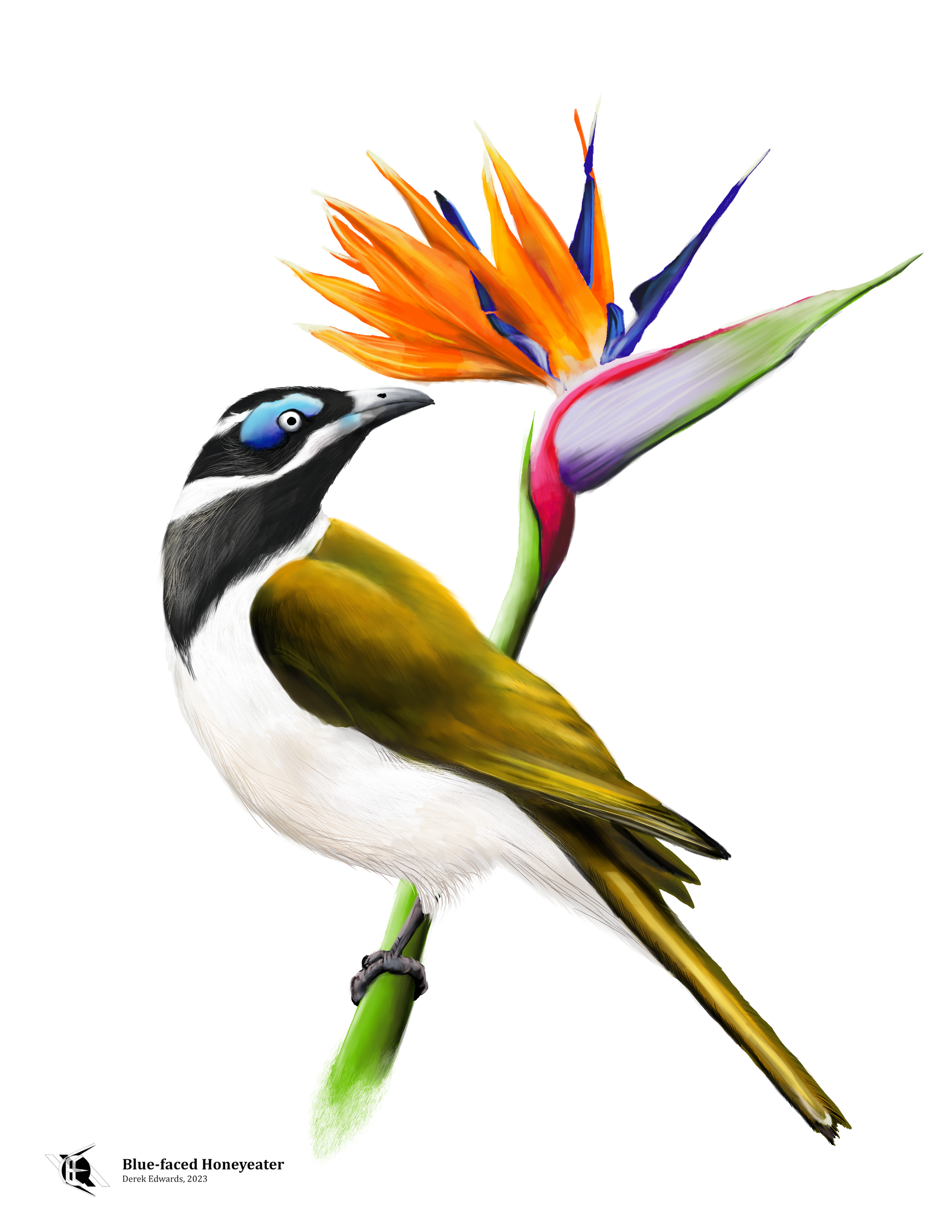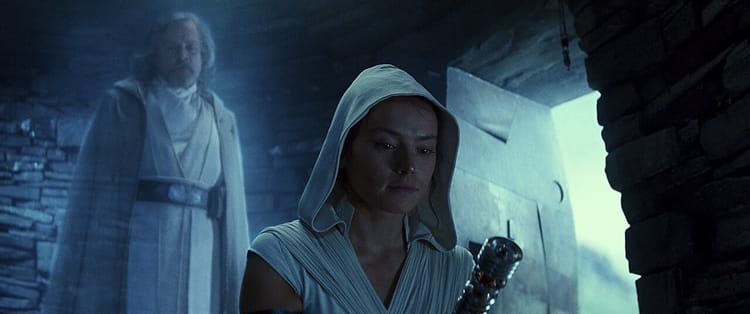
Running Commentary 3/20/2021
Hello,
BattleBots is taking a few weeks off, presumably so they aren't counter-programming March Madness. So this and next week's RC will have one less thing for me to cover.
Anyway...
Watching...

The Mandalorian
This week's episode sees the return of the Empire to the show, in expected and unexpected ways. Here are my notes:
- For the first time in this show, we got a perspective character other than Din Djarin. The sequence found in Dr. Pershing was quite a pleasant surprise. I mentioned in my review of Andor how that show's multi-focus storytelling set it apart and allowed for a deeper narrative, and it seems like the creators of this show noticed the same thing.
- Being about post-war Imperial defectors, this episode obviously called to mind the Alphabet Squadron trilogy. There, the New Republic was just starting to figure out what to do with captured Imperials with non-leadership roles in war crimes; here, we see the system that developed in the years since; a weird mix of optimistic reform opportunities and somewhat dialed-back Imperial brainwashing techniques. I suspect this was a compromise between different New Republic factions, some of whom wanted an amnesty program, and some of whom did not. The compromise was to have one but not have it operate very well.
- So it turns out that the Dark Side really did have cookies.
- Din Djarin has been redeemed in the eyes of his people, wrapping up that little story. Where he goes from here, I'm not sure, but I'm much more interested in what Bo-Katan is going to do now. Having lost the support of most Mandalorians, she has now been accepted by the Children of the Watch. I'm sure she'll make some sort of play for power there. Also, she's keeping the living mythosaur a secret, so far. Even without the Darksaber, if she could tame the mythosaur she'd be equal to Mandalore the Great.
- The opening spaceship action scene was a lot of fun. I'm not the only one to pick up on hints that those TIEs were sent by Thrawn. Firstly, the way the successive waves slowly drew Bo-Katan into a deadly trap seemed like a more intricate strategy than other Imperial commanders are usually written to employ. Bo-Katan only escaped because Din Djarin was there to pull her away, which is the sort of unexpected factor that usually foils Thrawn. And of course the sheer number of fighters was commented on as being high for just another Imperial warlord like Moff Gideon. In Heir to the Empire, wherein Thrawn was first introduced, the first thing that the New Republic notices is that he's been able to pull together resources and hardware from many different Imperial remnant groups (and the storehouses of Mount Tantiss, which The Bad Batch has been busy bringing into Canon). I'm not predicting that Thrawn will make a lot of appearances on-screen in this show, but I think he might show up in the finale, leading into Ahsoka.

The Bad Batch
This episode takes a break from recent heavy or grungy stories. Here are my notes:
- There wasn't a whole lot to this episode, story-wise. There's a tsunami for some peril, but the main point was to introduce Pabu. As much as this episode could feel like filler, it actually does drive the story of the Bad Batch forward in a pretty key way. Up until now, the Batch has been on the run and most of the moves they've made have been due to their hands being forced in some way. Now, they have Pabu, a sort of cross between Rivendell and California where, aside from the occasional earthquake, life is good and the troubles of the greater world are far away. They could just stay there, and it seems like they will, for a while. This means, I hope, that when they do get back out into the Galaxy, it'll be their choice.
- Cid seems likely to tip off the Empire regarding the Bad Batch, especially Omega, who we know Tantiss is after. Cid doesn't know Pabu, though.
- This show's environments have always looked great, but there were some truly spectacular views in this episode especially.
- There is only one episode left before the two-part season finale.

Bird of the Week
In honor of Spring starting this week, let's have a drawing with a flower (even if the bird's home is entering Autumn Wednesday). The Blue-faced Honeyeater, sometimes also known as the banana bird, lives in northern and eastern Australia, as well as the southern reaches of New Guinea. They inhabit open woodland, including parks and neighborhoods. In Australia, the honeyeaters fill roughly the same ecological niche as the orioles do in North America, feeding on insects and fruit. Like orioles, they can sometimes become pests in orchards, but they're also a favorite backyard bird.
The honeyeaters are passerine birds found throughout Indo-Australia and the islands of the Pacific. They come in a variety of colors, though they are united by slim, curved bills and brushed tongues. The name "honeyeater" is a slight misnomer; the birds do not feed on honey but on the nectar found in flowers, including introduced species such as the depicted bird-of-paradise flower. While the actual birds of paradise are also Australasian, the flowers are African, though they have become popular in ornamental gardens worldwide. The blue-faced honeyeater is especially known for feeding on the nectar of eucalyptus plants and of banana flowers, which, along with their somewhat unripe-banana-esque appearance, led to their nickname.
Blue-faced honeyeaters do not build their own nests, rather claiming last year's abandoned nests, especially those of Australian babblers, and renovating them as needed. Breeding pairs have been seen receiving aid in tending and defending their nests from other blue-faced honeyeaters, though the exact social mechanism by which these helper birds are recruited is unknown.
The blue-faced honeyeater was first described by John Latham as the "blue-eared grackle", or "Gracula cyanotis". Latham was working cataloging newly-discovered specimens being sent back to England at the same time that the British were colonizing Australia, so a great many of Australia's famous birds, such as the emu and the sulfur-crested cockatoo, were first named by him. His cataloging so many birds from half a world away did cause some problems; after describing the blue-eared grackle, Latham went on to describe the blue-cheeked bee-eater and the blue-cheeked thrush, both of which were actually the same bird as his grackle, which is now known to be neither a grackle, a bee-eater, nor a thrush. Today, it is Entomyzon cyanotis, the "blue-eared insect-honeyeater", and the only member of its genus.
Curation Links
Sloth bites teen during visit to Michigan pet store, ruining lifelong dream | Cole Waterman, MLive
News you can use – if you’re thinking about petting a sloth. They apparently really don’t like being touched, and they can move quite quickly when they want to.
2022 Winners | Big Picture Competition
A collection of nature photographs. Winners include a ball of bees, sea stars feasting on a fallen sea lion, and an underwater cave.
On "Ernie" | Ernie Smith, Tedium
An essay on the weird experience of having your name given to a chatbot, as well as a look at the name “Ernie” through the years and at the odd practice of giving human names to pieces of software.
The Counterworld | James Bradley, Tor
[FICTON] "A grieving mother wakes up to find all traces of her lost son have been erased as if he had never existed. Only in the hallway mirror is she able to see a glimpse of the reality she remembers having lived—the reality she wants back."
See the full archive of curations on Notion






Member Commentary